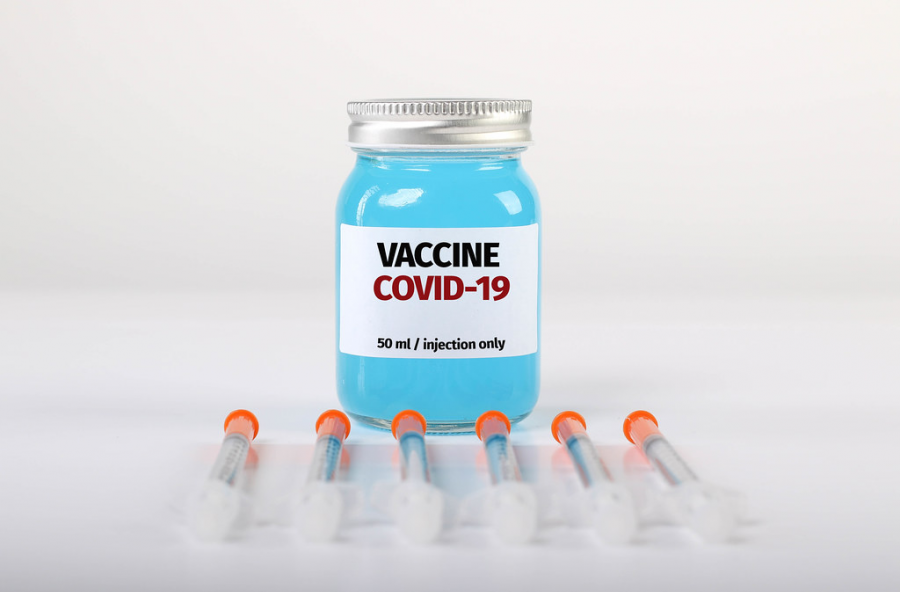How Close Are We Really to the COVID-19 Vaccine
Doctors and Scientists are getting more information about the realistic timeline of producing vaccines.
The global race to produce a Coronavirus vaccine has companies working at speeds much faster than normal. Doctors, scientists, and researchers have been in the lab since the first mention of this virus, and producing a global vaccine can take up to years of trial testing in order to ensure its safety.
The process to create a COVID-19 vaccine expedited tremendously in recent months, with manufacturers trying to get a vaccine into public hands by the end of this year. Researchers with the World Economic Forum analyzed that on average, a vaccine takes 10.7 years to be perfected. However, scientists are aiming to get a Food and Drug Administration approved vaccine available to Americans by 2021.
Currently, there are seven major vaccine trials moving forward in the United States. “Three of which are nearing the final stages needed for FDA approval.” According to CNET, the timeline proposed by professionals provides hope for a vaccine to be developed within a reasonable timeline.“There is ‘growing optimism’ that scientists will find one or more safe and effective vaccines by the end of the year or early 2021, and that the U.S. could have enough vaccine doses by April,” said Dr. Anthony Fauci, director of the National Institute of Allergy and Infectious Diseases, to Congress.
However, this is not just a race for the United States. The work being done around the world could be promising for us as well.
According to the New York Times, “Researchers are testing 42 vaccines in clinical trials on humans, and at least 93 preclinical vaccines are under active investigation in animals.”
One vaccine trial that is being heavily watched by the media and science professionals is “ChAdOx1 nCoV-19”, a study being held at Oxford University. These trials are in coordination with the biopharmaceutical company, AstraZeneca. Moving into phase three, the trials are proving to be promising.
According to National Geographic, the first two phases of the clinical trial preliminary results showed that “the vaccine had triggered a strong immune response—including increased antibodies and responses from T-cells—with only minor side effects such as fatigue and headache.”
As far as vaccine trials are concerned, the Oxford lab is working efficiently and could realistically have a vaccine ready by next year. However, this trial remains on hold as Health and Human Services Secretary, Alex Azar, told CNBC, “federal investigators seek ‘answers to important questions’ over its safety for patients”.
So, the question remains: when will the U.S. finally have a solution to the pandemic problem that has changed so many of our lives? Many questions remain unanswered as this is a new area of work for all the professionals we rely on. But, lines are slowly becoming unblurred and goals are being met, one step at a time.


